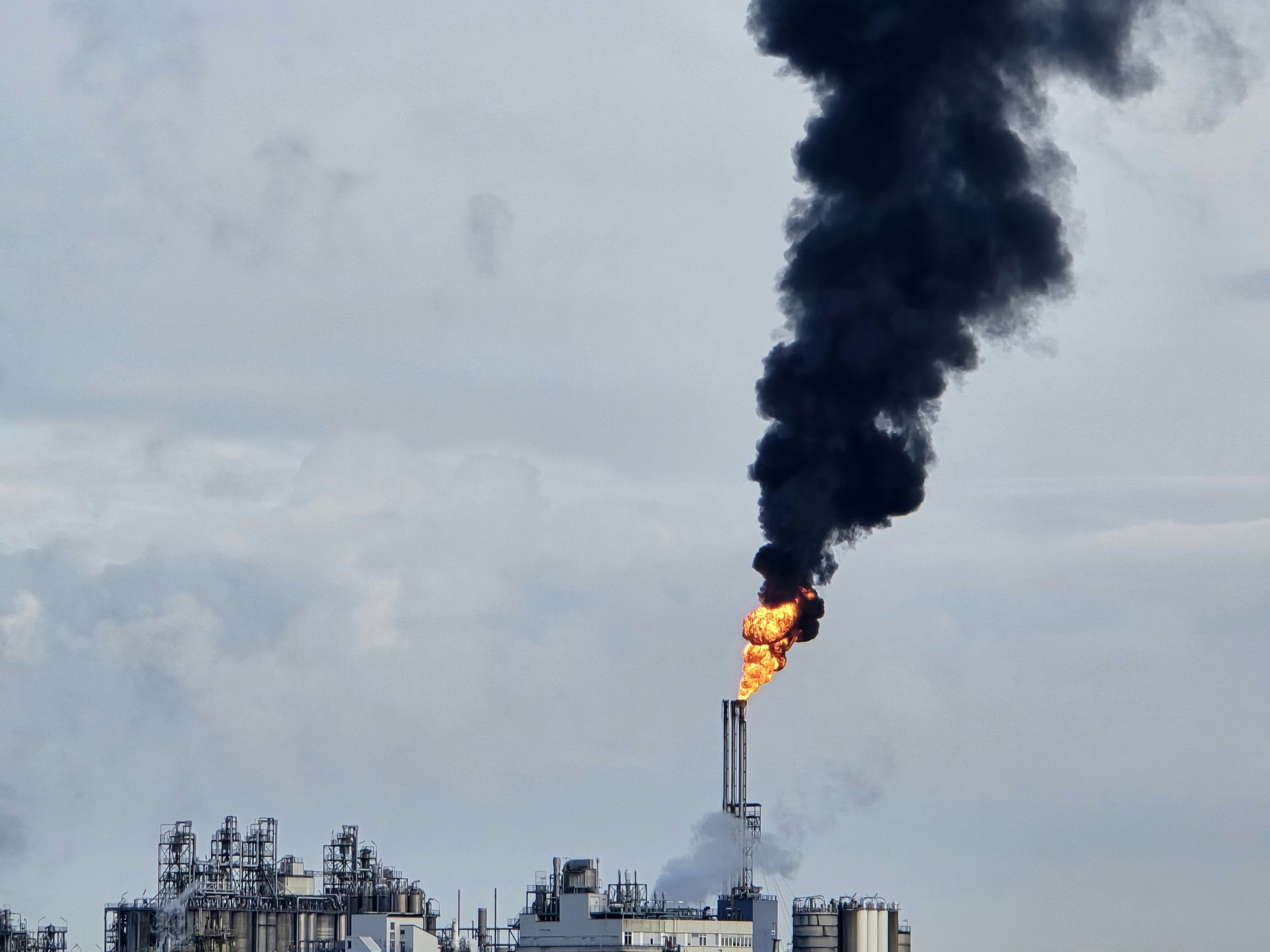We are excited to announce that Brink is now part of Africa Practice. Learn more
Gabon: Mining supports economic diversification goals

Since Ali Bongo became president of Gabon in 2009, he has been on a mission to diversify the Gabonese economy away from oil. Hydrocarbons made Gabon one of the wealthiest countries in sub-Saharan Africa in terms of GDP per capita, but dependency on petroleum undermined efforts to develop other sectors of the economy.
Now, faced with declining output since 1998 as oil fields mature and energy majors depart, Gabon is endeavouring to wean itself off oil and develop alternative sectors to support economic growth.
Diversification plan
The vision to diversify the Gabonese economy was first elaborated in the 2011 Emerging Gabon Strategic Plan (Plan Stratégique Gabon Émergent, PSGE), which constitutes the national development plan up to 2025. While Gabon has since grabbed international attention principally for its climatic and environmental efforts – including harnessing its vast forests and biodiversity through sustainable forestry and carbon markets – the country is also working to diversify and grow its well-established mining industry.
The mining sector figures among the four “growth paths” listed in the 2021-2023 Transformation Acceleration Plan (Plan d’Accélération de la Transformation, PAT), a roadmap to accelerate the diversification of the economy in line with the PSGE that is being overseen by the prime minister’s office. The PAT has demonstrated some progress. Non-oil GDP rose from 55% in 2010 to 67-72% in 2019, according to various estimates.
However, the Gabonese authorities have set a target for the petroleum sector to account for less than 20% of GDP in 2025. These efforts are however anything but straightforward. According to World Bank calculations, the oil sector accounted for 38.5% of Gabonese GDP and 70.5% of exports in 2020.
Mining incentives
To support new investments and attract new operators, the country amended its Mining Code in 2019 to clarify the legal framework governing the sector and to provide added incentives. The reforms also provide for greater state participation, granting the state the right to a 10% free carry in licensed mining operations (although this can be waived in the event of other public benefits being stipulated in the mining agreement). The code also provided more favourable fiscal provisions, including cutting corporate income tax for operations from 35% to 30%, and capping export duty on mineral resources at 1%, down from 3%.
Royalty rates are determined based upon signature of the mining convention, with the government limited to 5-10%. Mining in Gabon has historically revolved around manganese — with the country possessing some of the largest deposits in the world and one of the top three global producers with South Africa and China — and the metal will very likely continue to dominate the mining landscape.
Manganese production stood at 7.3 Mt in 2019, equivalent to 2.6% of GDP and 16% of exports, and the PAT target is for production to reach 10.3 Mt in 2023 and 12-15 Mt in 2025.
Iron interest
Iron ore and gold constitute the two other principal sub-sectors Gabon is banking on to realise its mining ambitions, with the county holding abundant resources of both metals. In the case of iron ore, national reserves are estimated at 1.7 Bt across nine different sites. A significant proportion of these reserves are high-grade and located at Belinga in North-East Gabon, some 500 km from the coastal capital of Libreville. Belinga is believed to be one of the largest untapped iron deposits on the continent, with a production potential of 10 to 15 Mtpa.
Progress on the Belinga project in the forthcoming years should provide a strong indication of how effectively Gabon will be able to develop its mining resources. Initial exploration work at the deposit dates back to 1955 and the project has seen multiple potential developers come and go since then.
High infrastructure costs, depressed iron ore market prices, opaque dealing, disputes over commercial terms between the government and developers have all at various times emerged as causes for its non-development. In the PAT, the government disclosed that no mining actor had manifested an interest in the deposit since 2013.
Australian partners
Yet new life was breathed into the project in 2021. After undertaking initial studies on the deposit, in August 2022 Australian iron mining giant Fortescue Metals Group entered into a joint venture with the Africa Transformation and Industrialisation Fund (ATIF) and committed US$90 million to the exploration of Belinga over a three year period. The two companies established a new joint venture – Ivindo Iron – which is majority-owned by Fortescue at 80%, with ATIF holding the remaining 20%.
In parallel, ASX-listed junior Genmin is targeting a final investment decision for its Baniaka iron ore project in the South-East of Gabon in Q2, 2023, with the hope of producing first ore by mid-2024. Initial annual production at Baniaka has been estimated at 5 Mt of iron ore, with potential for subsequent expansion to ten Mt. In July 2022, Genmin signed an agreement with mining major Anglo American. Under the agreement, Anglo-American paid Genmin $10 million in exchange for the right to a 1% royalty over the first 75 Mt produced and for exclusivity rights to negotiate future funding for the project, as well as an offtake agreement for up to 100% of production.
At a time when majors have been exiting the oil industry, the success of the Belinga and Baniaka ventures remain central to Gabon’s ability to realise its economic transformation goals.
About the author
Alex Vergé is a consultant at Africa Practice. The above represents his views and not those of Africa Practice. Alex can be contacted at [email protected].
**First published by Mining Review Africa
Proud to be BCorp. We are part of the global movement for an inclusive, equitable, and regenerative economic system. Learn more


